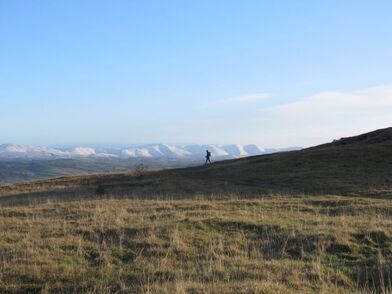 Cunswick Fell and the snow-clad Howgills beyond
Cunswick Fell and the snow-clad Howgills beyond To think back in time we need old maps, before the coming of railways and roads.
A tup wears a harness of dye and pregnant ewes huddle round a feeder of haylage put out to supplement their diet, their rumps stained with dye. We look for a sunny bank for a lunch stop but the ewes come crowding in, begging for food. Long shadows reach out from the trees and shadows run along with the sunlit flock. The lead ewe begs in a throaty gargle. It’s chilly out of the sun so it’s gloves on and off again, with a digression to back-track and find one we’ve lost. We walk on until we find a sunlit rocky outcrop free of sheep
The last light lingers over the snow-clad fells in the distance and warms the winter trees in the wood below Cunswick Scar. The enchantment of this cold and bright January day lies in a quality of light specific to the season, in peace and solitude, in discovery, in companionship and curiosity. And in the challenge of interpreting this pastoral landscape we need not only 19th century maps but snapshots through millennia.
Our sense of a landscape little-changed was illusory and this was brought home to me as I listened to Open Country. There was a transformation of the wetlands of the Lyth Valley with the Enclosure Act of the early 19th century but what about earlier times? And Farming Today tells of constant change as individual farmers struggle to adapt to evolving Government policies in response to Climate Change, carbon sequestration, sustainability, biodiversity and so forth. A farmer who goes back generations will have inherent knowledge of his land, hefted to it, like his flock, and only he will know how best to farm it. So the picture is intricate and complex.
Saturday 8th January. Radio 4 Open Country Dartmoor with archaeologists, farmers and naturalists.
A programme that considers Neolithic and Bronze age peoples on Dartmoor, through to medieval times. Thought-provoking and informative, with specialists with in-depth knowledge.
Followed by Farming Today. Food, farming and the countryside. An interview with a Cumbrian farmer reminds me that individual farmers seek a way forward appropriate to the land they know and love, in keeping with what they believe to be best practice. To understand what you're seeing on a farm you need to talk to the farmer.
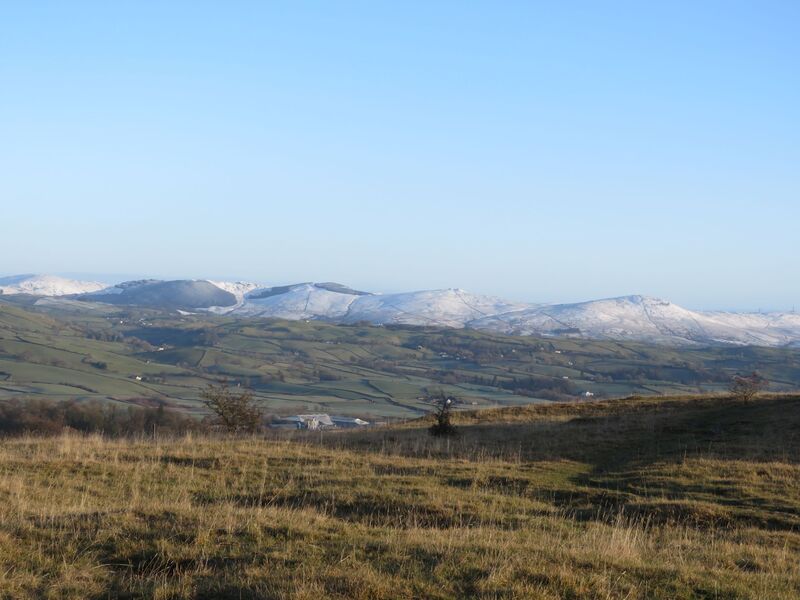
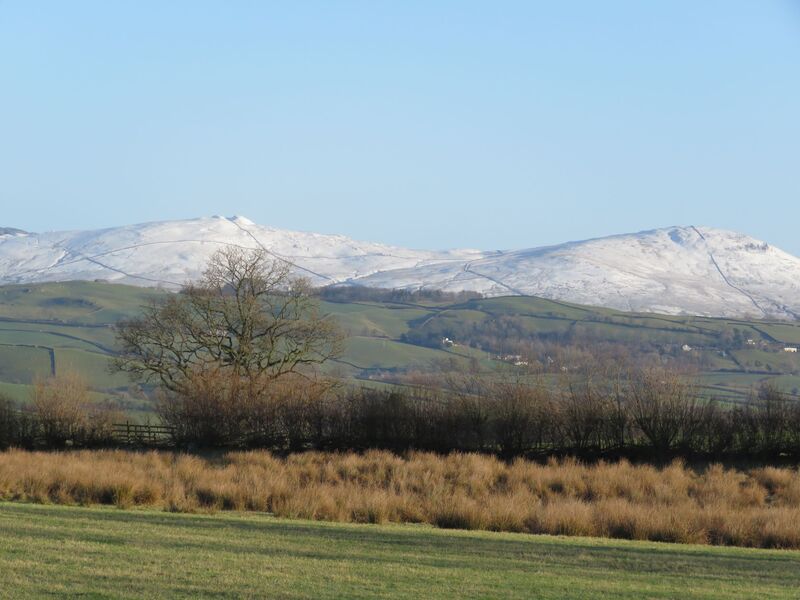
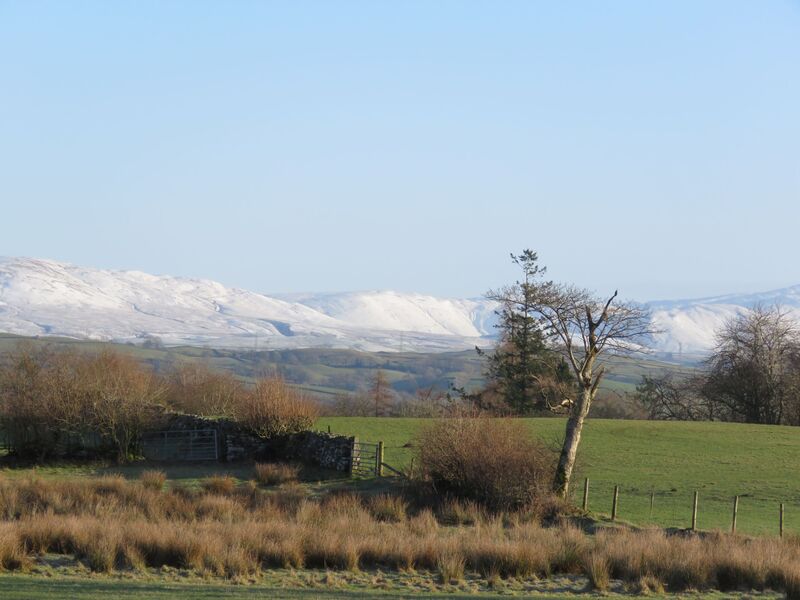
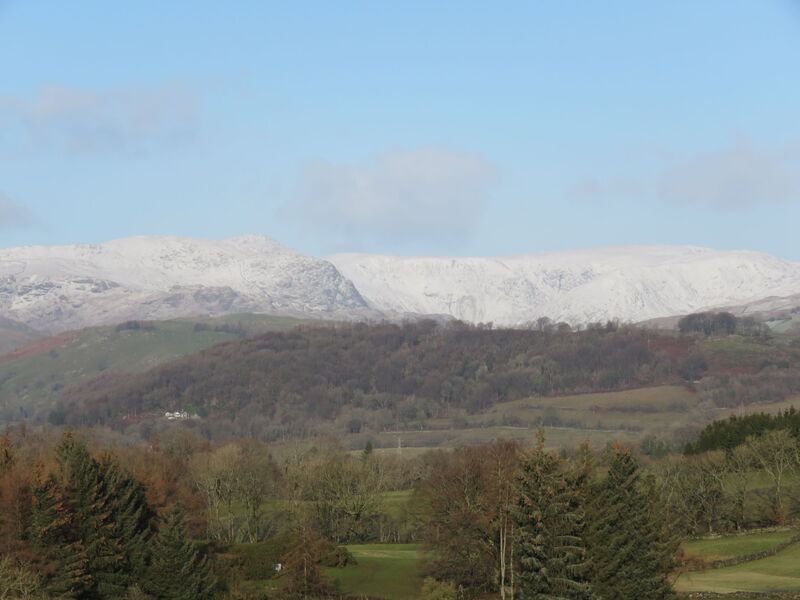
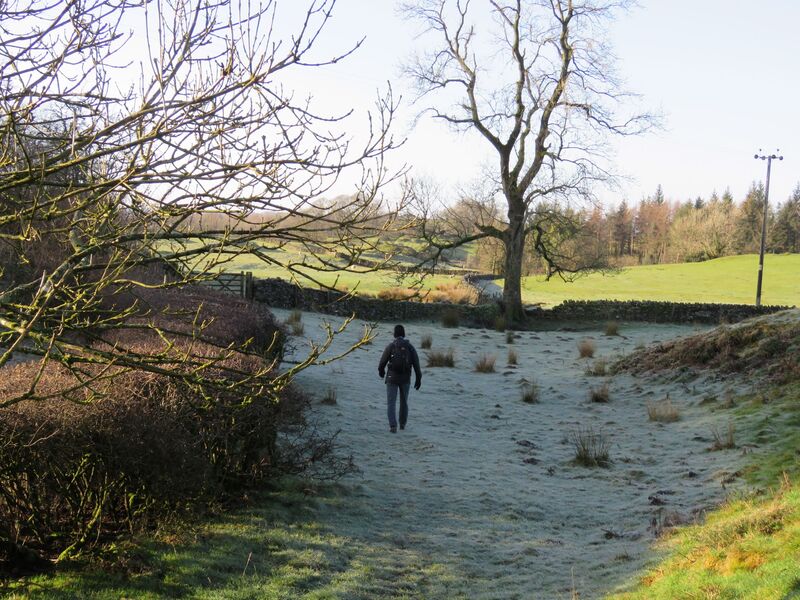
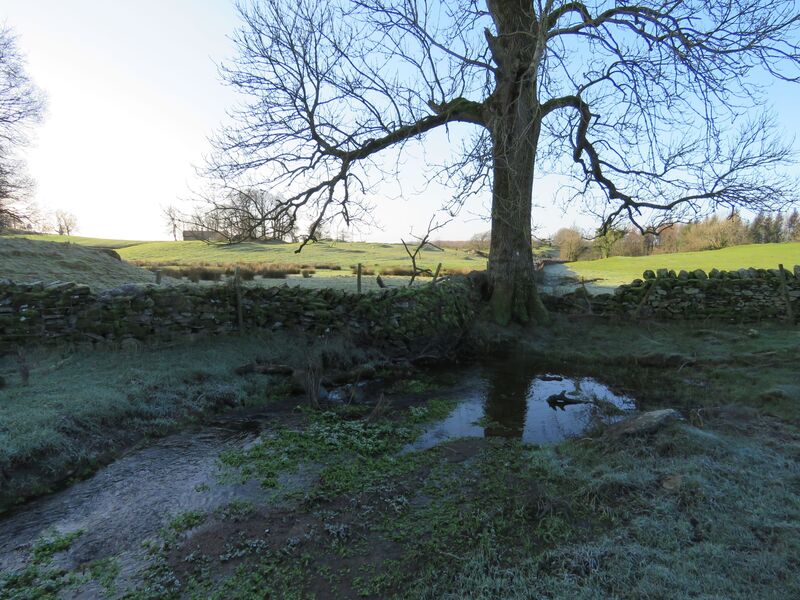
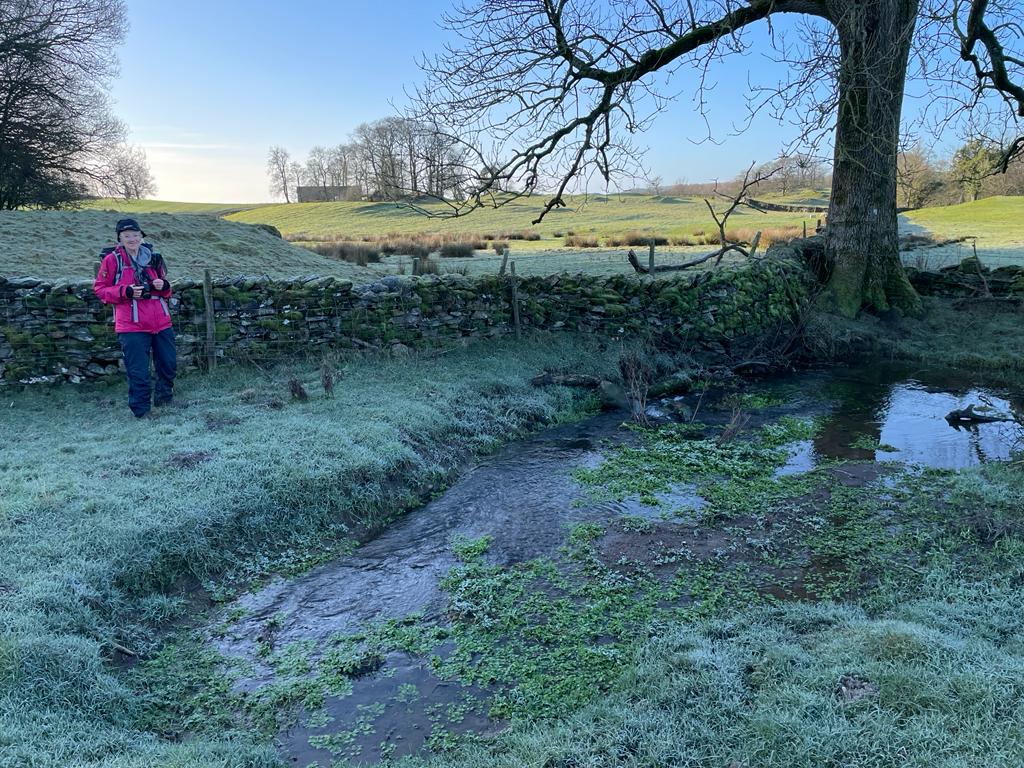
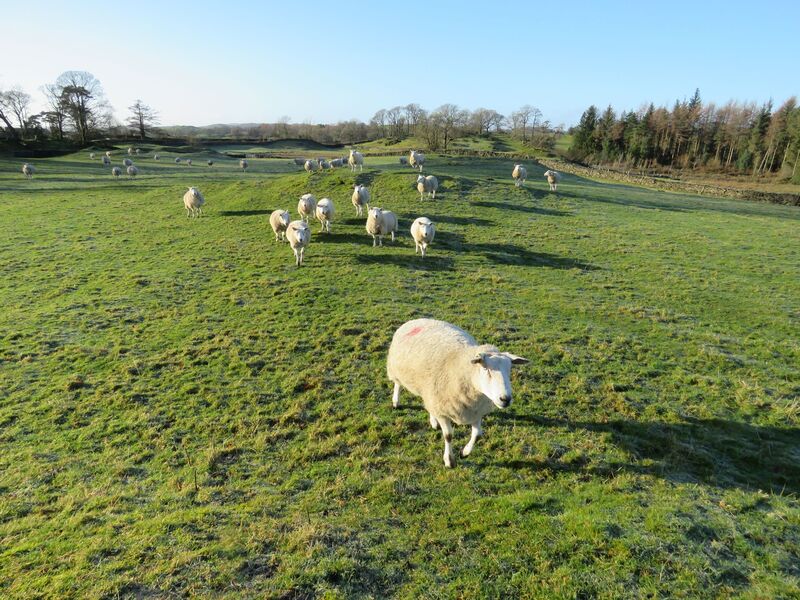
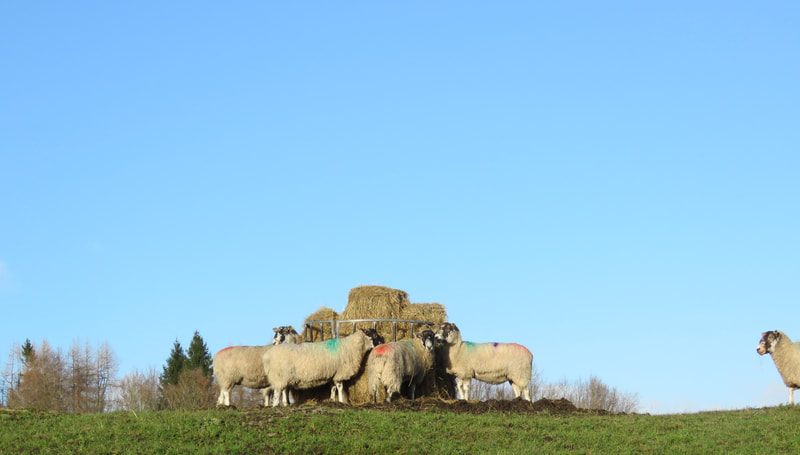
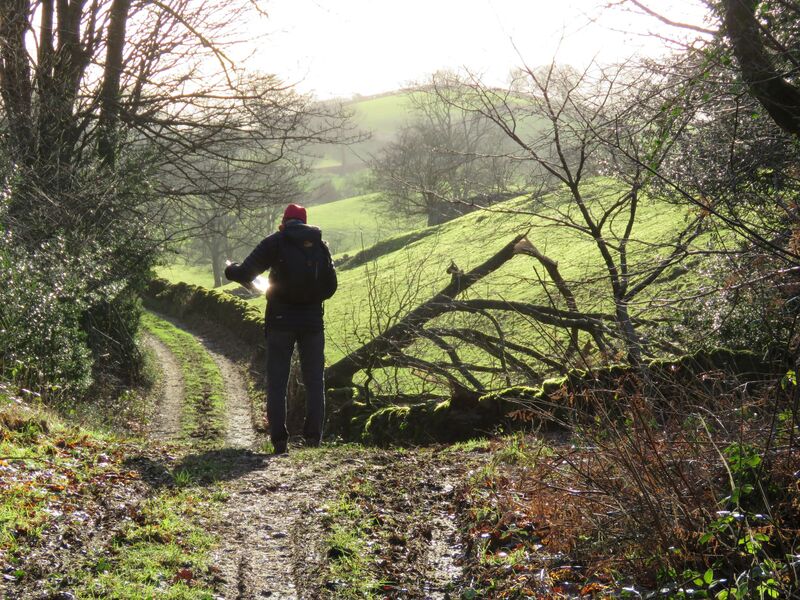
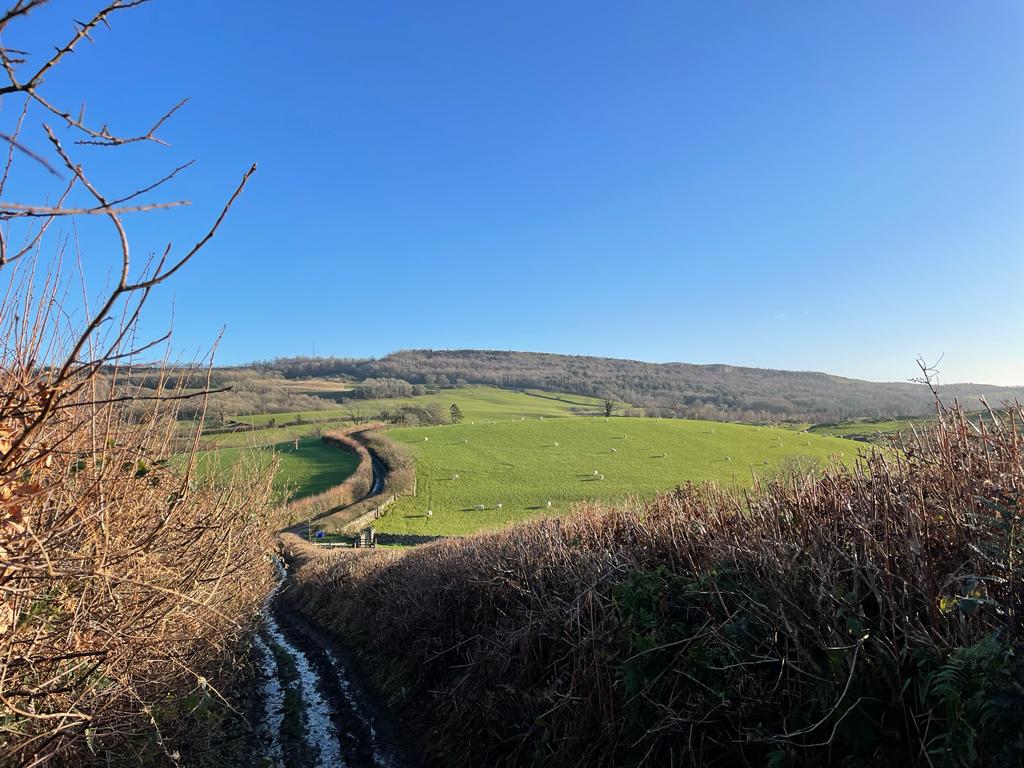
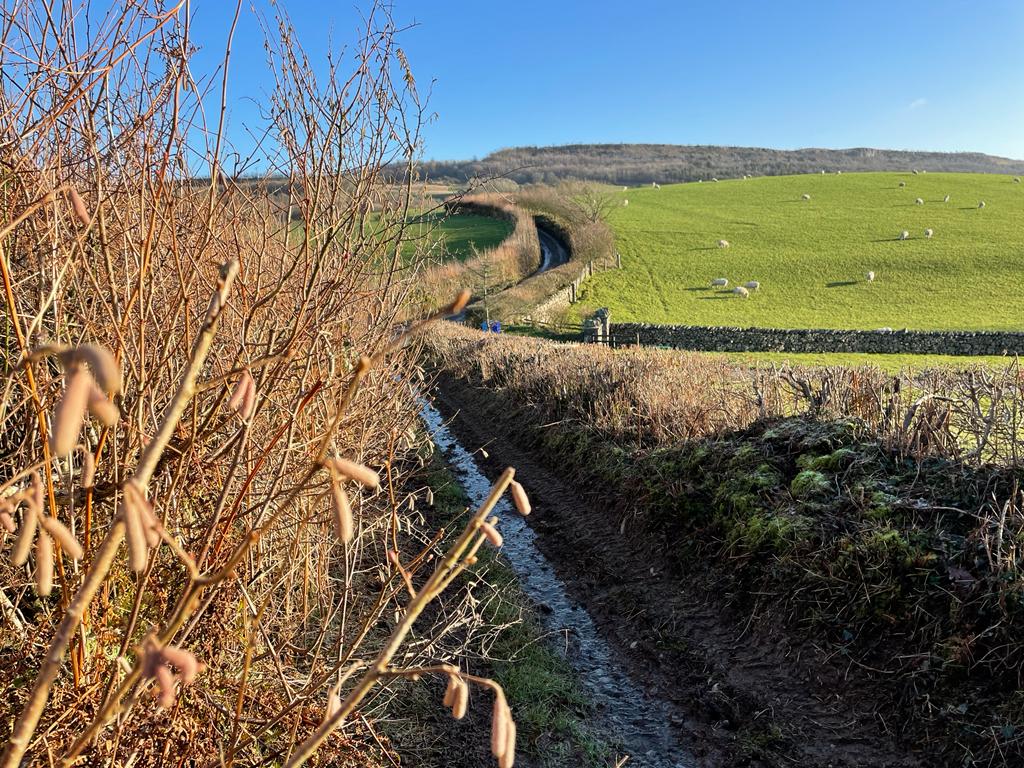
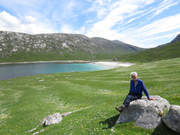
 RSS Feed
RSS Feed